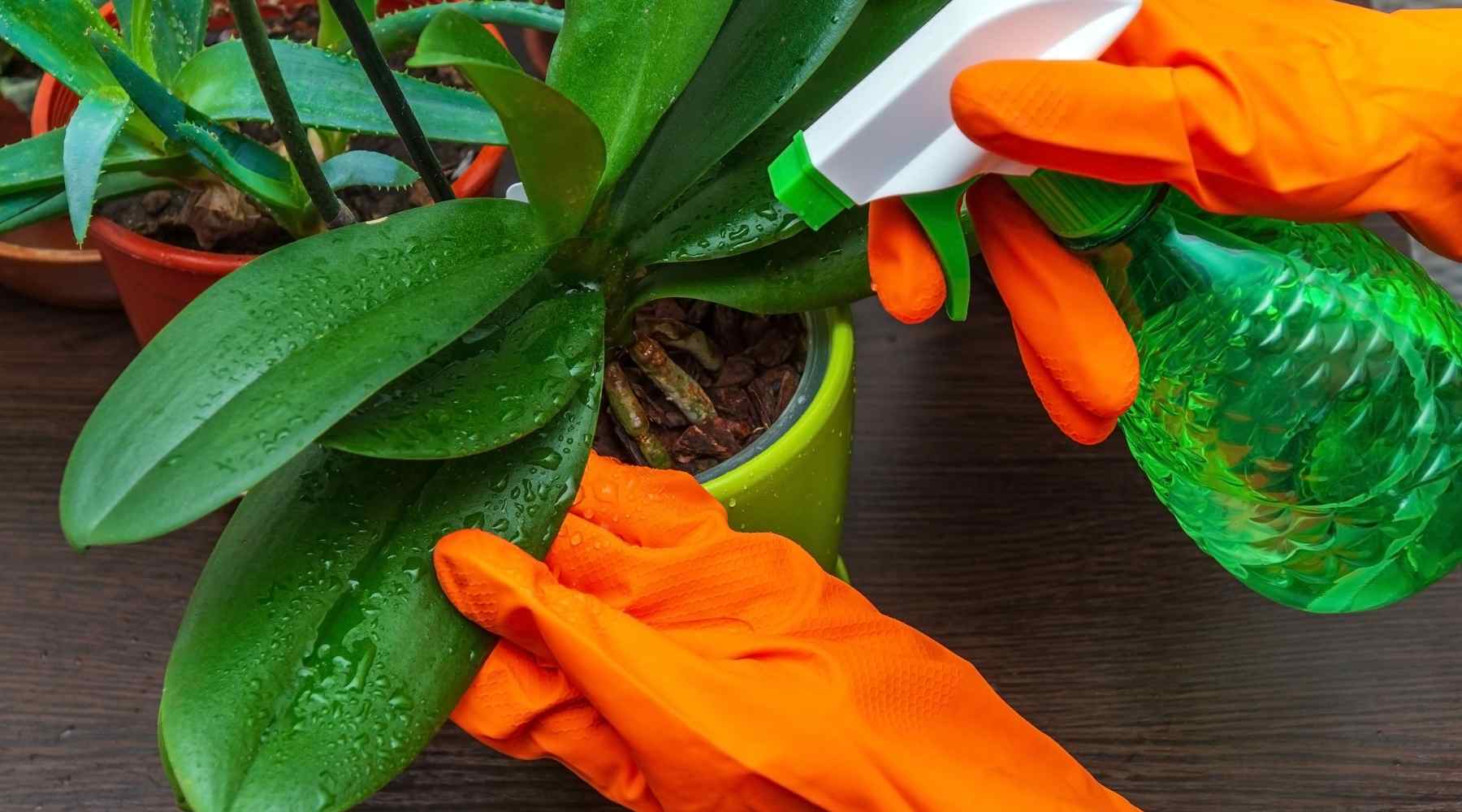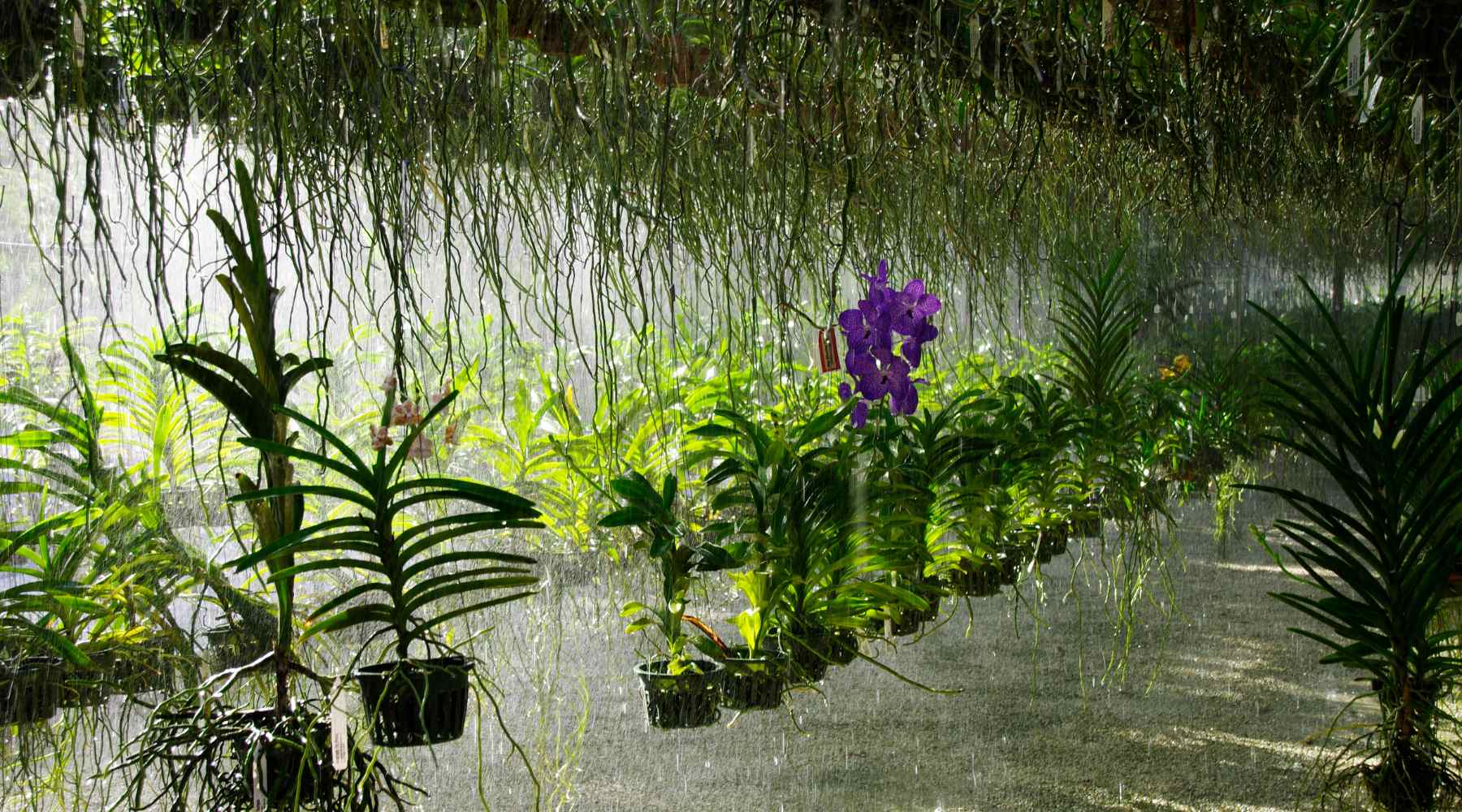Orchids are among the most beloved flowers and plants globally, celebrated for their delicate appearance, tall stems, beautiful blooms, and captivating fragrances. Growing in diverse climates and regions worldwide, orchids boast a wide variety of species.
Despite popular belief, many assume that orchid plants are challenging to cultivate and maintain. However, the reality is quite the opposite! While elegant and stunning, orchids are surprisingly easy to grow and care for, adapting well to various environments. These resilient flowers thrive across the globe, excluding the most frigid regions.
Whether in the wild or at home, orchids demonstrate remarkable adaptability. They make excellent gifts for loved ones or charming additions to any home office or studio space. In this guide, we'll share the best practices for watering orchids, showcasing why caring for them is both enjoyable and straightforward!
The Golden Rule

It's crucial to understand that orchids are robust and resilient plants. It's better to underwater than overwater them. Overwatering can lead to root rot and ultimately endanger the orchid's health.
Detecting When to Water
Given variations in humidity, temperature, and light exposure at home, it's best to develop a keen sense of when your orchid needs watering instead of adhering to a strict schedule.
Simply insert your finger a few centimeters into the soil. If it feels dry, it's time to water. If unsure, wait an extra day before watering.
Also Read - Orchid Care for Beginners - Everything You Need to Know
How to Water

Begin by watering your orchid early in the morning to promote maximum evaporation and prevent overwatering. In warmer or drier homes, water more frequently, adjusting to your specific conditions.
Use lukewarm water to replicate natural conditions and allow it to drain for around 15 minutes before adding more water. Despite appearing dry, the soil is adequately hydrated.
Misting and Humidity

Orchids generally thrive in high humidity environments, ideally between 40-70%. If unable to provide such conditions, consider misting them.
Mist your orchids during the warmer part of the day to facilitate evaporation from the leaves and flowers. Repeat every other day to maintain humidity levels.
Check Out - A Guide To Orchid Plants
We hope you found this guide on watering orchids informative and enjoyable. Remember, orchid plants are resilient and adaptable, capable of enduring various conditions. Explore our range of plant care guides for further insights!

























